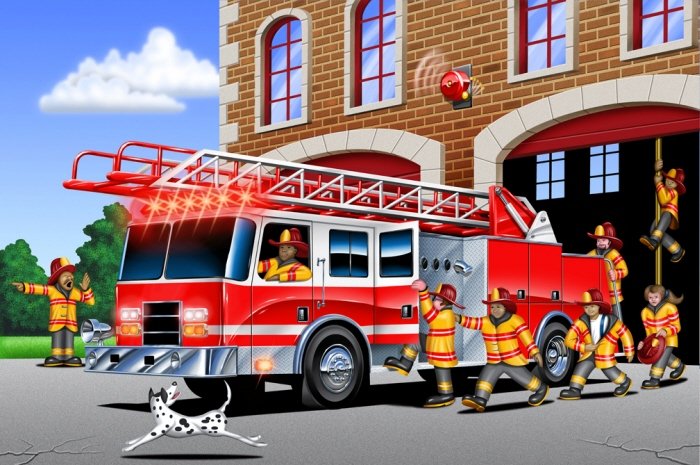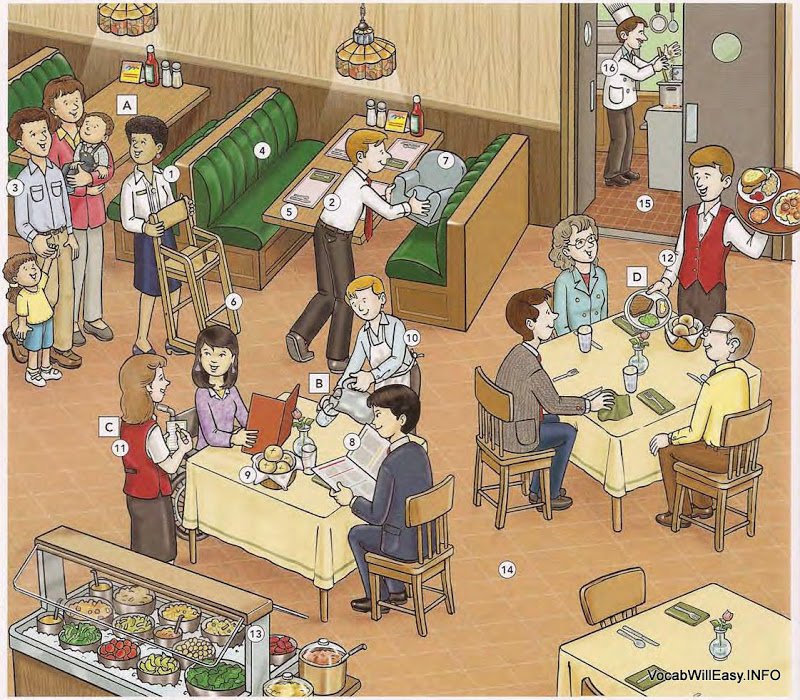Your language-teaching mission, should you choose to accept it, is to start class with a fun, visual warm-up game that enhances students’ vocabulary knowledge.
The “5 things” game is one that was modeled for me at a professional development session, and I used it the very next day in my classroom! My students like it, it’s easy to explain, there are literally infinite variations on it, and it somehow manages to be both competitive AND team building!
STEP ONE: Students are put into pairs (or threes if needed). They do not need to be sitting close to their ‘partner’, in fact, it’s better if they are not!
STEP TWO: The teacher puts up an image. Literally any image, as long as there are at least five things (hence the name) that can be identified.
STEP THREE: Ultimately, the goal of the game is to gain points by having the same five words as your partner to describe the picture (one point per answer, maximum five points per round). Once the image is revealed, I’ll give students a few minutes to write down their answers silently and secretly. So, for example, if I show this picture, a student might write down:
Image still from: The Princess and the Frog (Disney)
Princess
Frog
Night
Kiss
Tiara
This can be made harder or easier, more focused on grammar or less. For example, the first image I used was pretty simplistic. I’m not saying you should use Where’s Waldo, but an image of a Haitian market, for example, might make the game more difficult! If the parameters I give are just to have the same words, I always have the rule that all nouns, adjectives, verbs, and adverbs are all allowed EXCEPT for colors! Unless it’s a beginner-level class, having to rely on colors seems a bit like cheating to me. However, you can definitely make this more complex by putting stricter parameters around the image. For example, I may say that students need to find two nouns, two verbs, and one adjective. Therefore, the imaginary student’s list might look like this:
1. NOUN: a frog
2. NOUN: a princess
3. VERB: to kiss
4. VERB: to blush
5. ADJECTIVE: romantic
If you’re working on a particular grammatical construction, then you can put up an image and say “find five of the same verbs in the imperfect form”. Or if there is an image that involves a lot of unit vocabulary you can say “find five of the same words (doesn’t matter what part of speech), but spelling counts!”
STEP FOUR: Partners tally up the points (the silent and secret part is now over). Using the above first example, if Student A wrote princess, night, frog, kiss, tiara and Student B wrote princess, frog, kiss, gloves, dress then they would have 3 out of 5 possible points because they chose three of the same words. It’s then the honor system for students to share out how many points they have. Sometimes I’ll do multiple images and we’ll have a ‘winner’ for that day’s total. Other times, I’ll do an image a day for a week and we’ll have the ‘winner’ for that week’s total.
STEP FIVE: Share out some the answers! It’s a great way to build vocabulary for the rest of the class, and some of the answers can be really fun or surprising. My favorite question to ask is “what is a word that your partner had that you didn’t?” because those are usually the more unique words and students are more likely to share their partner’s answer in order to showcase their partner’s brilliance than they are their own (though that’s high school students, elementary students might be more open to sharing their own thoughts!)
STEP SIX: Continue using it as an intermittent warm-up for class and change it up however you see fit. I like using themed images (example, fairy tales for my fairy tale unit) but as long as the image is appropriate, why not use it! Like I mentioned above, I’ll put different parameters around the words they need to find and sometimes I give the ultimate difficult instruction: find five words that your partner DOES NOT have! Students only get points if their words are totally unique… so they really need to dig deep into their vocabulary knowledge stores. The other thing you can then do is use the same picture, now that they have a bunch of vocabulary at the ready, for a quickwrite.
Some examples of dynamic pictures to use as prompts:
Have you ever played this game or a variation on it? Are there any constrictions or images you prefer using? Share in the comments!























